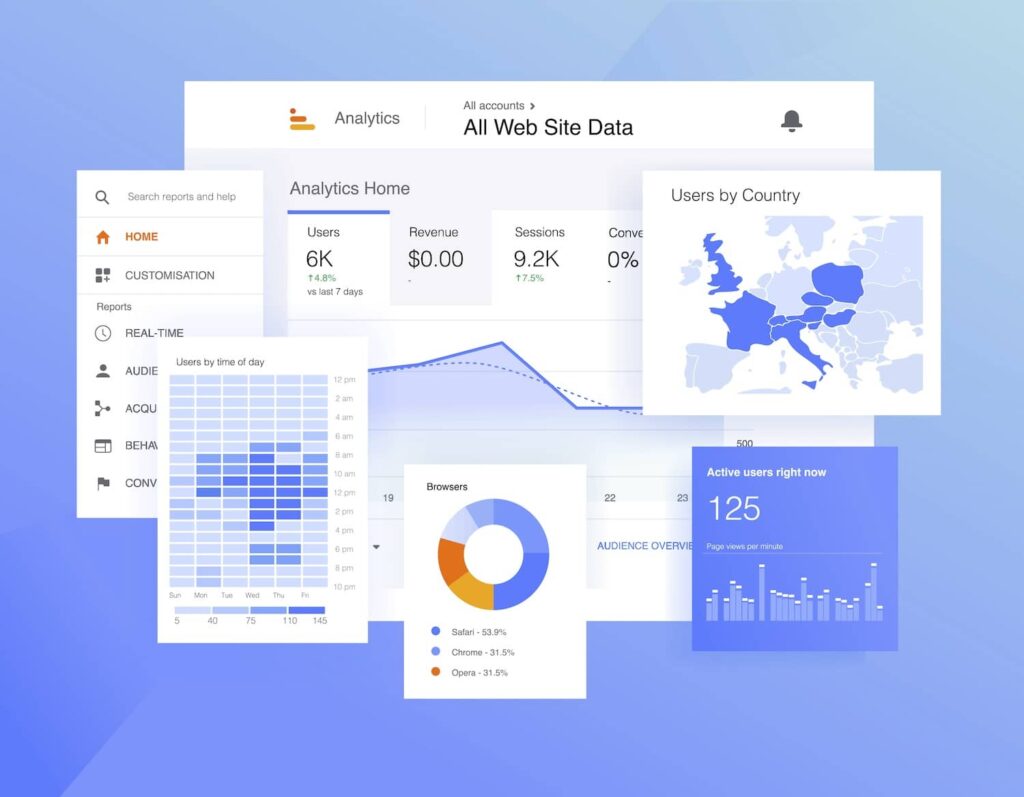Demystifying Secondary Dimensions in Google Analytics: Interpretation and Practical Applications
Demystifying Secondary Dimensions in Google Analytics: Interpretation and Practical Applications
Blog Article
Unveiling the Effect of Additional Dimension in Google Analytics on Data Analysis and Insights
In the world of information analytics, the utilization of second measurements within Google Analytics has actually emerged as a pivotal device for drawing out much deeper understandings and unraveling facility patterns that could otherwise stay covered. By peeling off back the layers of key data sets, additional dimensions provide a nuanced perspective that improves the understanding of customer actions, website performance, and the efficiency of advertising approaches.
Discovering the Principle of Additional Measurements
Second measurements in Google Analytics give added insights by allowing customers to analyze primary information in conjunction with a secondary attribute. This attribute makes it possible for a more complete understanding of the main data by including an additional layer of info for evaluation. By integrating secondary measurements, individuals can dive deeper into the information and reveal beneficial correlations that might otherwise go undetected. By coupling the primary information of web site traffic with second dimensions like demographics or actions, marketing experts can acquire a more detailed sight of their target market and tailor their techniques as necessary.
Recognizing the principle of secondary measurements is vital for maximizing the potential of Google Analytics. It permits individuals to sector information properly, identify patterns, and make educated choices based on a more complete photo of their analytics information. By exploring the numerous additional measurements readily available in Google Analytics, users can open brand-new understandings and optimize their electronic advertising and marketing efforts. Basically, additional dimensions act as a powerful device for improving information analysis and driving workable outcomes.
Enhancing Information Analysis With Second Measurements
Having actually developed the fundamental understanding of additional dimensions in Google Analytics and their pivotal role in data evaluation, the focus now shifts in the direction of leveraging these additional credit to enhance the interpretation of analytics information (what is a secondary dimension in google analytics). By incorporating additional measurements into data analysis, experts can get deeper understandings right into user actions, web site performance, and marketing effectiveness

Moreover, secondary measurements aid in contextualizing main information metrics by providing additional layers of info. This contextualization aids in comprehending the 'why' behind the information fads, helping analysts make notified optimizations and choices to enhance general efficiency. Inevitably, integrating additional dimensions enriches the data interpretation process, causing more calculated actions and significant insights.
Revealing Hidden Insights Through Second Dimensions
Discovering the midsts of analytics information with secondary dimensions reveals important insights that would certainly otherwise stay obscured. By integrating secondary measurements in Google Analytics, companies can uncover surprise patterns, patterns, and relationships that supply a more detailed understanding of individual actions and web site performance. These additional layers of information allow analysts to delve much deeper right into the primary measurements, such as website traffic resources or touchdown pages, and acquire a more nuanced viewpoint on how different variables connect with each various other.
Through the use of second dimensions, analysts can sector and contrast information across different dimensions, allowing them to identify particular variables that directory influence customer interaction, conversion rates, and general success metrics. By matching the key dimension of 'tool group' with the second dimension of 'age team,' online marketers can determine which age demographics choose accessing the website through mobile devices versus desktop computers.
Leveraging Secondary Dimensions for Actionable Analytics
Building upon the understandings revealed via secondary dimensions in Google Analytics, businesses can now harness this enriched information landscape to drive actionable analytics and tactical decision-making. By leveraging second measurements, companies can dig deeper into their data to remove useful patterns, fads, and relationships that may have previously gone unnoticed. This much deeper degree of evaluation allows businesses to acquire a more thorough understanding of customer actions, project performance, and total internet site effectiveness.
One key advantage of using second dimensions for workable analytics is the ability to segment information based upon certain criteria. This segmentation allows services to customize their approaches and projects to various audience teams, causing extra targeted and efficient marketing initiatives - what is a secondary dimension in google analytics. Additionally, second dimensions provide a more alternative sight of individual interactions, making it possible for businesses to enhance their website material, style, and general customer experience
Optimizing Decision-Making With Additional Dimensions
To improve strategic decision-making in analytics, leveraging additional measurements in Google Analytics can provide a much more nuanced perspective on customer behavior and campaign efficiency. By incorporating second measurements right into information analysis, organizations can delve much deeper into the specifics of their site visitors' communications and interaction patterns. This additional layer of details enables a much more comprehensive understanding of how different variables, such as demographics, visit our website devices, or website traffic sources, influence vital efficiency indicators.

Final Thought
In final thought, the use of second measurements in Google Analytics plays a critical function in improving information analysis and uncovering surprise understandings. By discovering this principle, one can gain a much deeper understanding of individual actions and make educated decisions based upon actionable analytics. Leveraging additional measurements permits a more thorough interpretation of information and maximizes the efficiency of decision-making procedures.

Report this page